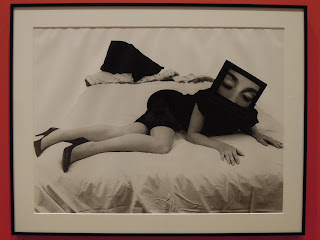A few days ago, a famous actress Ashley Judd, who is acting in the new television series Missing, posted an editorial article on the Daily Beast Web site. In the promoting event of the new show, she had a ‘puffy’ face, and media doubted she had plastic surgery, so the rumor has spread. She denied the rumor and criticized the attitudes of media in the article. This is a link.
The Article by Ashley Judd
In this article, she referred her ‘appearance’ issue as the problem of the whole women. She pointed out that media make the conversation about women bodies every day, but the conversation “define and control us.” As we discussed in gender class, media want to show ‘beautiful and young faces’ to their audience regardless the reality. The characters in television shows all have extremely thin and well balanced body shapes and baautiful faces. The media make us believe the media content is the reality. Therefore, audience think there should be only beautiful and handsome people rather than normal appearances on television shows. Many researchers criticize the media outlets in this stuation, but I think sometimes audiences, who make gossips about celebrities, are a kind of companies of those media outlets, even though the start comes from the media.
In addition, she criticized the attitude of media outlets to deal with conversation about her ‘puffy’ face without examining the truth or fact befor publishing. Actually she denied the plastic surgery, and explained that the reason of her ‘puffy’ face was medicines. And she blamed that any medium outlet did not ask her what happened to her face. These days, many media publish unreliable articles about celebrities. I think sometimes celebrities are victims of extreme competition between media outlets. Media outlets might publish reliable coverage by accident, but in many cases, they do not have interests in the truth. They just want to get attention from the audiences. In this process, gossips about celebrities, especially female celebrities are a good source, and they cannot complain about that because media have a power in the relationship between celebrities and media. These days, many actresses and women singers suffer for the reproduction of media coverage about their private.
Ashley Judd surprised me because she wrote a clear and powerful article about the fault of media dealing with women’s issues. She suggested we need to have conversation about women such as women’s appearance and beauty, but not in the way of that media have done.
















